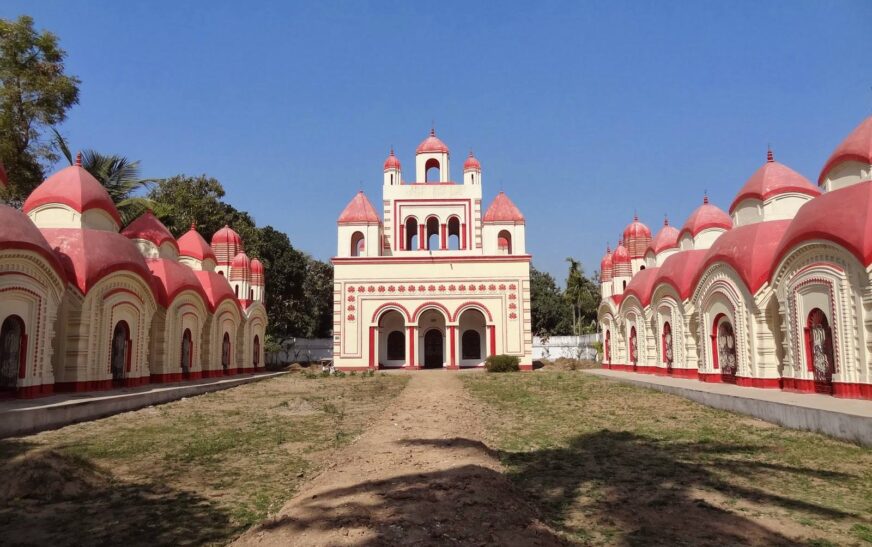Ambala, Haryana City Guide: Where To Go, Stay, Eat, And shop in India’s best city.
Ambala, located in the northern Indian state of Haryana, is a historic city known for its strategic location, military significance, and rich cultural heritage. It is part of the Ambala district, which is divided into two sub-divisions: Ambala City and Ambala Cantonment. The city is often referred to as the “City of Scientific Instruments” due to its thriving market for laboratory and scientific equipment.
Key Features of Ambala:
1. Geography and Location:
- Ambala is situated at the border of Haryana and Punjab, approximately 200 km north of Delhi and 45 km south of Chandigarh.
- It lies at the confluence of the Ghaggar River and its tributaries, making it a fertile region.
- The city is well-connected to major cities like Delhi, Chandigarh, and Amritsar via road and rail networks.
2. Historical Significance:
- Ambala has a rich history dating back to the Mahabharata era, where it is believed to be part of the ancient kingdom of Kurukshetra.
- During the British colonial period, Ambala Cantonment was established as a major military base, and it remains one of the oldest and largest cantonments in India.
- The city played a significant role during the 1857 Revolt and the Partition of India in 1947.
3. Military Importance:
- Ambala Cantonment is home to several key military installations, including the Indian Air Force Base and the Army Cantonment.
- It is one of the most strategically important military bases in northern India.
4. Economy:
- Ambala is known for its scientific instruments industry, with a large number of manufacturers and suppliers of laboratory equipment, glassware, and medical instruments.
- The city also has a thriving textile industry and is a major hub for wholesale trade in textiles and garments.
- Agriculture is another key economic activity, with crops like wheat, rice, and sugarcane being cultivated in the surrounding areas.
5. Transportation:
- Ambala Cantonment Railway Station is one of the busiest railway junctions in northern India, connecting major cities like Delhi, Mumbai, Kolkata, and Amritsar.
- The city is well-connected by road via National Highway 44 (NH-44), which passes through Ambala, linking it to Delhi and Amritsar.
- The Chandigarh International Airport, located about 40 km away, serves as the nearest airport.
6. Education and Healthcare:
- Ambala is home to several reputed educational institutions, including Ambala College of Engineering and Applied Research, Aggarwal College, and Guru Nanak Khalsa College.
- The city has well-equipped healthcare facilities, including Civil Hospital (Ambala City), E.S.I. Hospital, and several private clinics.
7. Tourism and Attractions:
- Rani Ka Talab: A historic pond built during the Mughal era, surrounded by temples and a popular spot for locals.
- Badshahi Bagh Gurudwara: A prominent Sikh shrine located in Ambala Cantonment.
- St. Paul’s Church: A beautiful Anglican church built during the British era.
- Ambala Air Force Museum: Showcases the history and achievements of the Indian Air Force.
- Bhawani Amba Temple: A famous temple dedicated to Goddess Amba, located near Ambala City.
8. Culture and Festivals:
- Ambala is a multicultural city with a mix of Punjabi and Haryanvi cultures.
- Major festivals celebrated include Diwali, Holi, Lohri, and Baisakhi.
- The city is also known for its vibrant bazaars, especially in Ambala City, where traditional handicrafts and textiles are sold.
9. Food and Cuisine:
- Ambala offers a variety of North Indian cuisine, including Punjabi and Haryanvi dishes.
- Popular local delicacies include parathas, kachori, and samosas, often enjoyed with lassi or chai.
10. Future Developments:
Ambala is a city that blends history, culture, and modernity, making it an important destination in Haryana. Its strategic location, military significance, and industrial growth contribute to its prominence in northern India.

![Ambala, Haryana City Guide: Where To Go, Stay, Eat, And shop in India’s best city. [Updated-2025]](https://traveloinfo.com/wp-content/uploads/2025/02/AmbalaHaryana-872x547.jpg)



![Bangalore, Karnataka City Guide: Where To Go, Stay, Eat, And shop in India’s best city. [Updated-2025]](https://traveloinfo.com/wp-content/uploads/2025/02/bangaloref.jpg)
![Hyderabad, Telangana City Guide: Where To Go, Stay, Eat, And shop in India’s best city. [Updated-2025]](https://traveloinfo.com/wp-content/uploads/2025/02/hydrabad1.jpg)
![Ahmedabad, Gujarat City Guide: Where To Go, Stay, Eat, And shop in India’s best city. [Updated-2025]](https://traveloinfo.com/wp-content/uploads/2025/02/ahemadabad1.jpg)